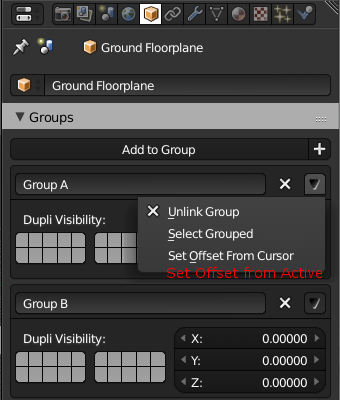With Google Summer of Code coming up,
We’re asking students to submit a small fix or improvement (to show they’re serious, and have the ability).
However with Blender having had many easy projects already completed,
it becomes difficult to find smaller fixes or features to work on.
We have the ‘Quick Hacks’ project but developers have been finishing them, so it would be nice to have a larger list of entry level projects.
So please reply here if you have suggestions for small fixes/improvements.
Any that seem reasonable to developers will be added to the ‘Quick Hacks’ project.
If you’re unsure, feel free to reply anyway - however, tasks taking large posts to explain, are likely too big (this is something a new developer should be able to do in a day or so…).
Also explain why this is needed/useful.
Note, we don’t know if we will be accepted into Google Summer of Code, but having more projects for new developers to start on is generally good - irrespective.
